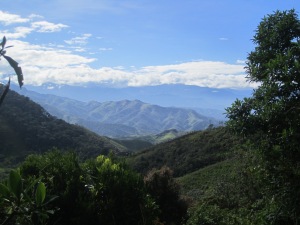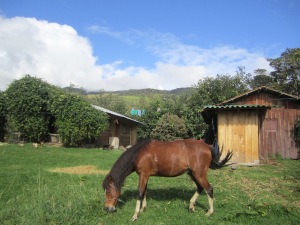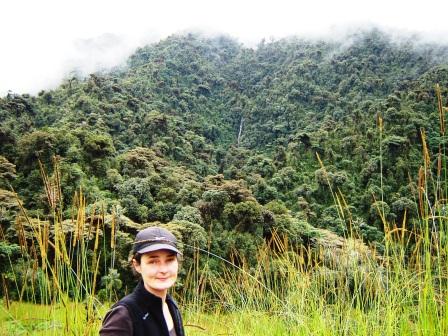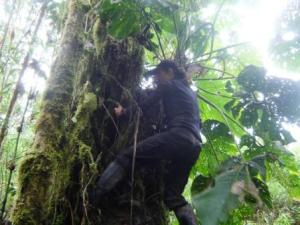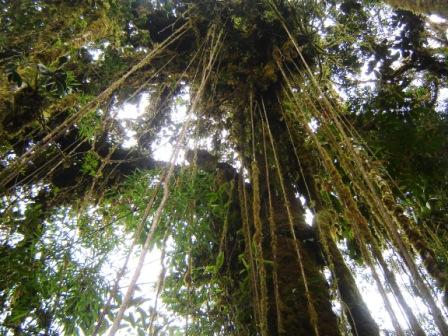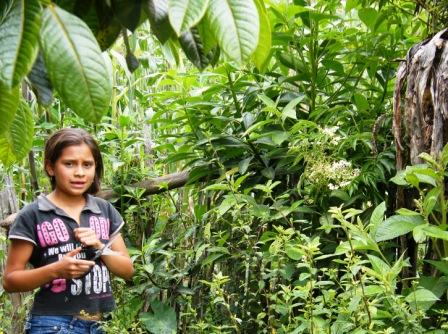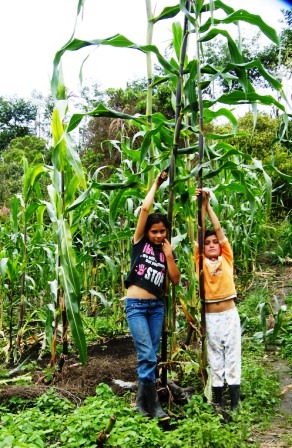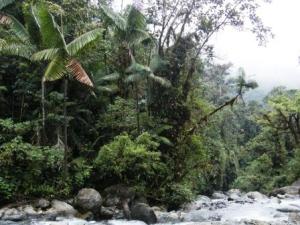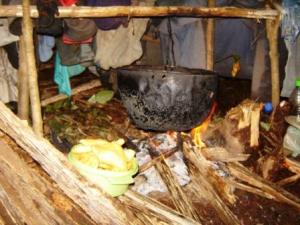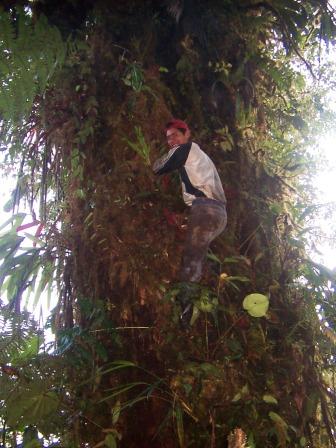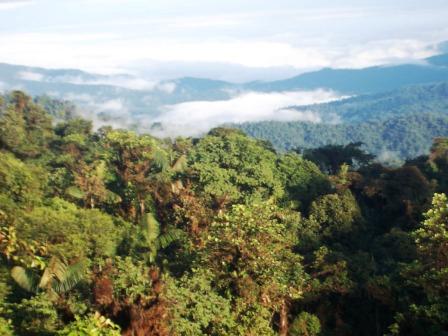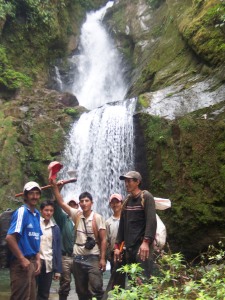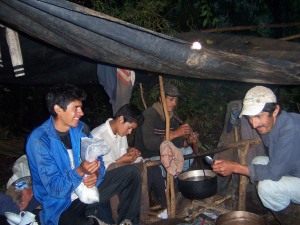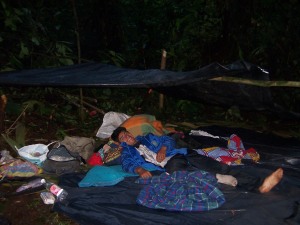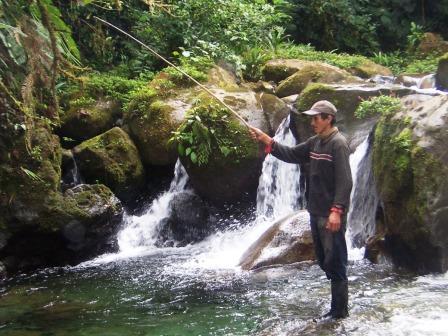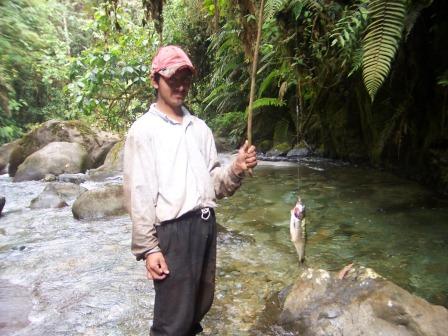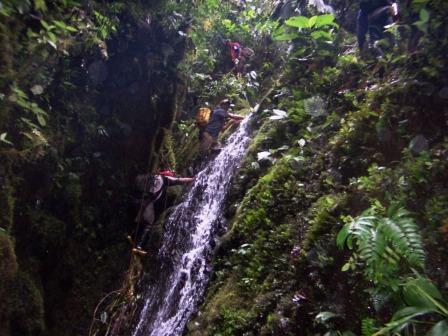If you’re anything like me, you’d prefer a trip abroad to put you in contact with and not isolate you in your hotel from the local population.
If you’re anything like me, you like languages and local culture and want to see how such things are specifically peculiar in the region you have travelled to, not just to be told the general information and then being given a guide book that you then can read back to back without ever really letting you feel as if you truly experienced these things you have read.
If you’re anything like me, you have no idea how to volunteer without going through a quick google search and ending up with the most expensive, shielded and tourist oriented volunteer program possible – unless you know someone who has done it before.
That’s why I was so lucky to find Patricia and Ned. More or less by accident through the site Omprakash.
It was the only volunteer placement I could find in Ecuador that wouldn’t cost me thousands of dollars per. month and also seemed like it gave a unique opportunity to get in contact with the ‘real’ Ecuador – whatever that is or isn’t.
Having found that Ed was somewhat cut off from the internet and the rest of the world the communication was slow, but his steady approach and clearly informed relationship with not just the local community, but with contacts in Quito and so on quickly gave me the impression that this was a man who wasn’t trying to scam anyone, not trying to make money, he was only trying to help me arrange my trip so that I could get to volunteer in their local community.
He set me up with a family renting out a room in Quito who picked me up from the airport in this to me otherwise completely foreign place, quickly calming my nerves. They took me back to their house and after having went around in Quito for a few days they got me on a bus to Otevalo, and explained in very helpful details how to get from there to Cuellaje.
After several bus rides and a somewhat bumpy ‘taxi’ ride from Cuellaje further out into the mountains I was faced with the first European-looking person I’d seen since I’d been in the States a week earlier. The tan and hardened hands along with an extremely calming and friendly eyes and smile, together gave me the impression of a good-hearted but hard working man. Little did I know how true this first impression was to become over the following weeks and months.
After balancing my rather clumsy looking rolling suitcase (the wheels of which of course were not support by the infrastructure of this rural mountain area) onto a horse Ned had been riding, we continued to ascend up the mountain in a climb that this first time felt like it might aswell had been perpetual. I was not used to the thin air, the high humidity or the more or less non-existent paths which we were following.
I could go on and on and on about how lovely it was meeting Patricia who, although we didn’t share a language, did her best to include me in the routines, explaining me (in the most basic of ways) how to cook local dishes, which animals you ate around here and how you made rope out of horse’s hair. A sturdy but somehow still intelligent and funny woman shaped by a truly integrated community under living circumstances that don’t invite to leisurely living.
I could also go into significant detail with how the locals that Ned introduced me to took me in with open arms and great enthusiasm, sharing their meals and their conversations with me, a person who they had no responsibility for or shared any kind of cultural foundation with.
I could also go into enraging details when it comes to the little house in the village I lived after having lived with Ned and Patricia a while. Or when it comes to the school from where I taught local schoolchildren english and other subjects with almost no spanish skills at all. The joy of learning something different for the children was not to be mistaken – although their understanding of discipline and adherence to the law of the teacher was quite another than what I am used to from back home – but what else could you expect?
Finally I could break all kinds of protocol when it comes to how long of a description one can possible give of another group of individuals when I started relaying the social aspect of my trip to you. These people were unbelievable. Having travelled quite a bit I can say with certainty that nowhere in the world is absolutely safe, and few places are truly without humanity. But this place.. This place took the prize for me. If one existed.
I spent several months with them with more cash than is smart to have in this region of the world and of course being a white European you just reek of money, but somehow throughout these months I was never ever made uneasy or worried about my safety or that of my possessions. This doesn’t mean I went through everything without awareness, that would be inviting tragedy, or that one should do that. I just couldn’t help myself, but be cautious when I first arrived and saw people looking at me like I had just at that very moment dropped yoddling from the sky. After turning on the old thinktank it wasn’t hard to figure out why, seeing as there was always years between Europeans or North Americans visiting this particular neck of the woods..
But it took me little more than a few days before starting to befriend these people. They were extremely interested in everything from European music to politics and women, and I wanted to know everything about their lives and what they did from day to day. This supposedly being the long story made short I’ll spare you the gory details, but these guys and I had a bond at the end that made it very hard for me to say goodbye, not knowing if I’d ever return. Or whether they would be there. I could go into maddeningly precise detail with all this stuff because it touched me sincerely and has helped shape me more than any such short period of my life..
..I won’t do that though, this story is my attempt at underlining how Ned and Patricia – and later Sr. Ramiro and Sra. Marlena – are the type of people one should hope to run into on one’s travels. The type of people who want to learn everything about you – without pushing it. The type of poeple who want to teach you everything you want – without pushing you beyond capability, and the type of people who if you were to meet them anywhere in the world – they would improve it.
There are many beautiful places and people all around the world, but this combination of cultural and social circumstances is by far the best that I’ve come to encounter during my travelling.
One thing is for certain, whether just passing by for a few days and wanting to see another part of Ecuador than the one that tourist guides will show you or wanting to make a small contribution to a local struggling community, one should without a doubt give Ned and Patricia a chance. The reason it works so well is that they don’t do it for their own sakes, they do it for the village, for the people, for the country – and for you.
I guarantee if you give them a chance, you will never regret it. I know I don’t, and won’t.
– Emil Herlov Jorgensen. Denmark. Trip in the spring and summer of 2016.
